Native-led tourism alliance launches ‘economic catalyst’ tours on reservations in South Dakota
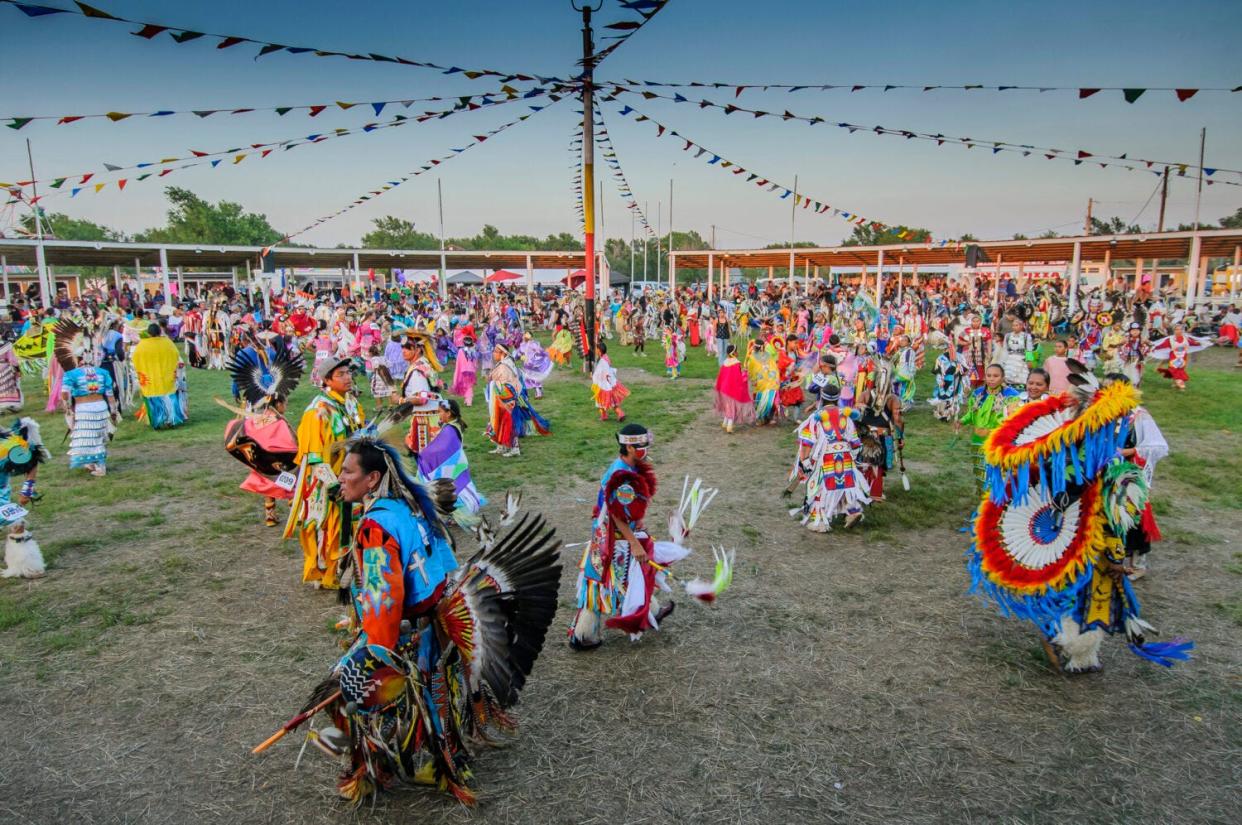
South Dakota has fed off the state’s connection to Native American history and heritage for decades, helping to propel the state’s tourism industry to a reported $7.6 billion economic impact in 2022.
The tourism crown jewel of South Dakota, the Black Hills, is a sacred place for the tribes that make up the Great Sioux Nation, the Oceti Sakowin. The region boasts attractions such as Black Elk Peak and the Crazy Horse Memorial (both named for historical Lakota figures) alongside attractions such as Mount Rushmore and Deadwood.
But actual tourism to the nine tribal nations and lands sharing South Dakota’s geography hasn’t kept pace with the rest of the state’s attractions. A coordinated effort is now underway to bolster tourism on tribal lands.
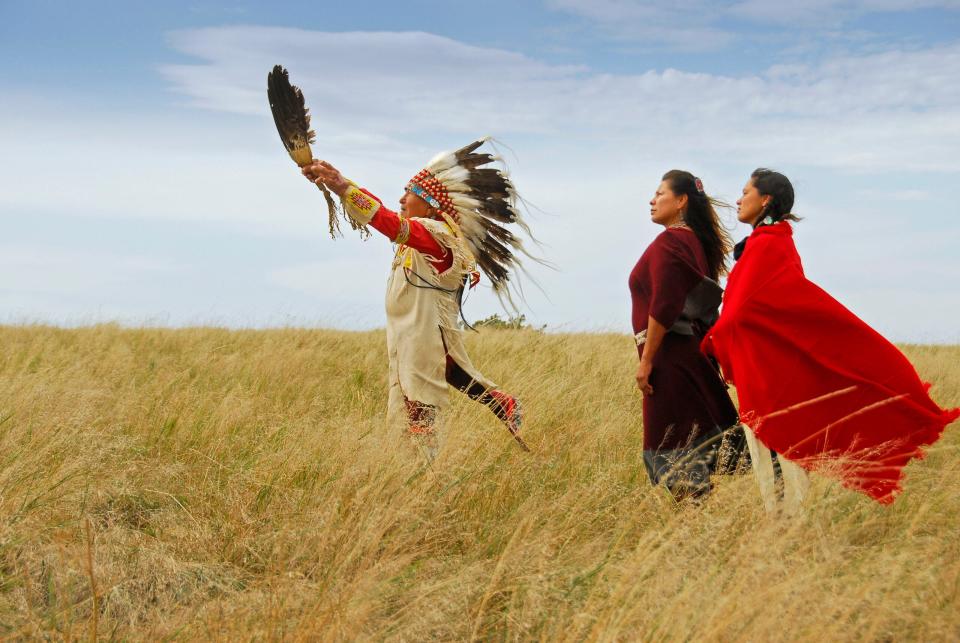
The state Department of Tourism conducted a “niche travel survey” five years ago that demonstrated authentic Native American experiences are “of great interest to visitors.” The department’s 2022 return on investment study also showed that South Dakota’s strengths compared to competitors include “offering Native American culture,” said Katlyn Svendsen, department spokesperson, in an emailed statement.
That resulted in the Native-led South Dakota Native Tourism Alliance, which started in 2018 as a partnership between South Dakota Tourism, George Washington University International Institute of Tourism Studies and eight of South Dakota’s nine tribal nations to assess tourism assets and challenges on reservations.
The group launched its marketing campaign this year along with its first large-scale tour last month across Pine Ridge, Rosebud and Standing Rock reservations. The alliance is running the tours through Trafalgar, an international guided tours company. About 25 tourists attended the first bus tour in May — bus tours can usually fit between 40 and 50 visitors.
The partnership is an opportunity for tribal nations to use tourism as an “economic catalyst,” Svendsen said.
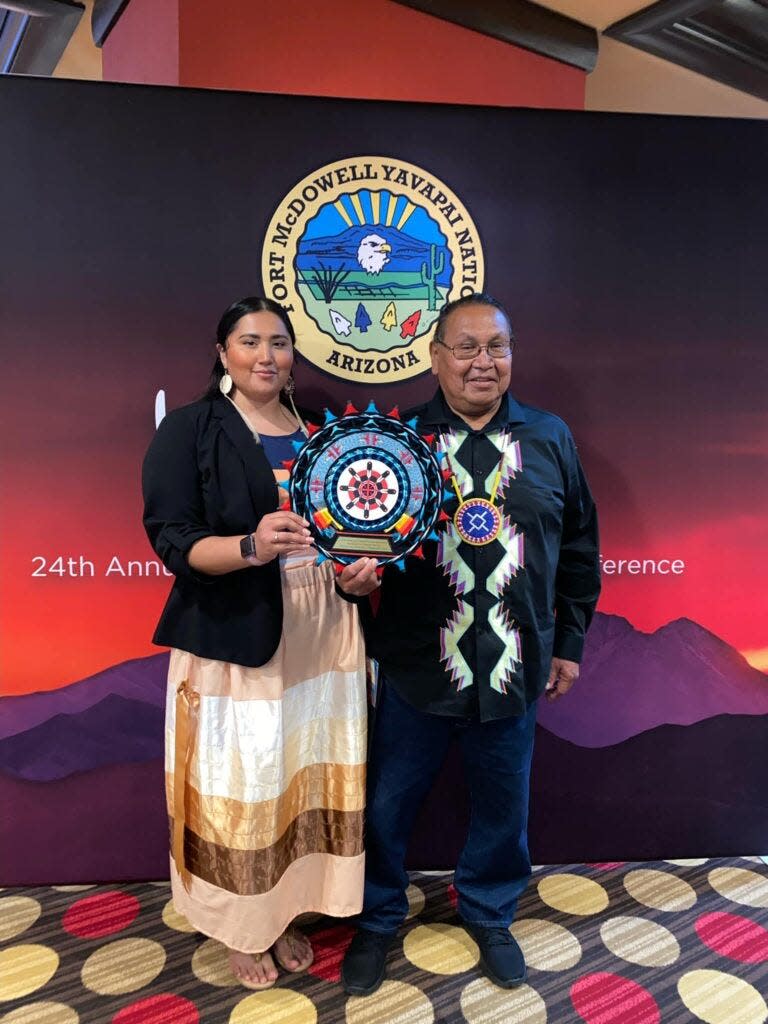
“We continue this work together because we believe in helping and being a resource to South Dakota’s entire tourism industry, which our tribal nations are a part of,” she said in an emailed statement.
But tourism existed on reservations years before the alliance formed. Tatanka Rez Tourz on Pine Ridge, a father-daughter operation owned by Guss and Tianna Yellowhair, is in its eighth year of business.
The two are members of the tourism alliance and have seen the interest in Native tourism grow since they started. By the end of April this year, the two already had 35 tours booked for the summer.
The tours consist of three- to four-hours drives through the Pine Ridge Reservation, stopping at Badlands National Park, touring organizations including Thunder Valley Community Development, and explaining daily life on the reservation with stops at housing developments, Indian Health Service facilities, and tribal colleges. The Yellowhairs share stories, sing songs and share information with guests during the tour.
The tour ends at the Wounded Knee Massacre site, where they explain not only the historical tragedy but also share the importance of the modern Missing and Murdered Indigenous Persons crisis.
“When somebody comes on our tour, we don’t sugarcoat the history,” Guss said. “We tell it like it is.”
Frank Kills in Water is also a member of the tourism alliance and facilities director for the Rosebud Casino, a 20-minute drive south of Mission, the headquarters of the Sicangu Lakota, or the Rosebud Sioux Tribe. Kills in Water started a small tourism business in the late 2000s but now owns a food truck and is training to be a tour operator for Trafalgar tours.
Kills in Water said the reservation tours are unique because the stories and information told by guides are handed down from ancestors rather than read from books. The tours also challenge misconceptions and prejudices tourists may have about Native Americans and reservations.
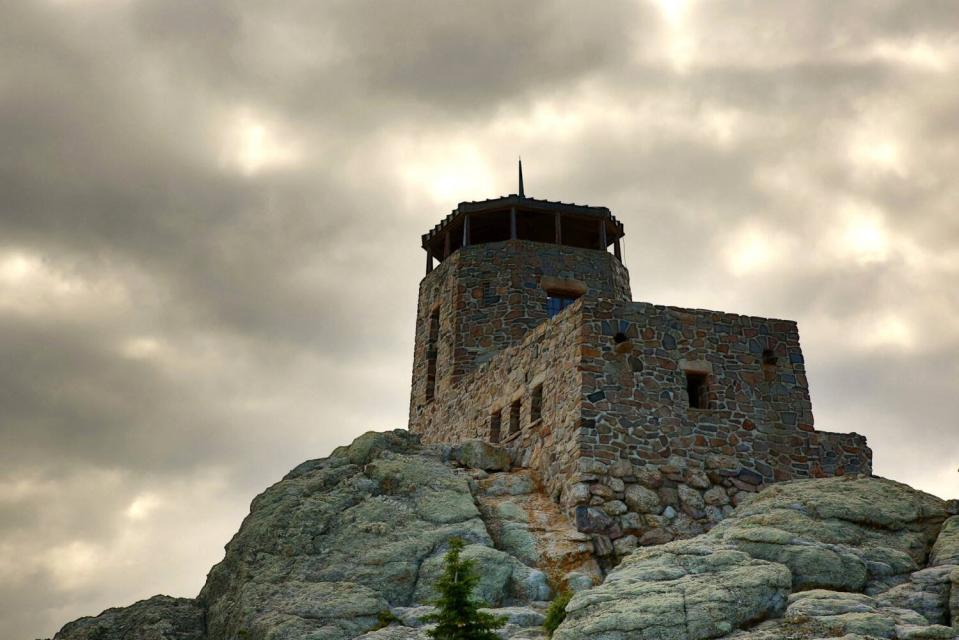
Six of the United States’ poorest counties are in South Dakota and each are on reservations or have a high percentage of tribally owned land.
“Guests will take the information they learned back with them to wherever they come from and share that information out,” Kills in Water said. “Then the rest of the world won’t think we live in tipis or think we’re all drunks. It’s time to change that narrative, because it is our time now to rewrite that narrative.”
The nine-day North and South Dakota tour in May visited three South Dakota reservations and one North Dakota reservation, as well as national parks and monuments on the west side of the state. In addition to the typical stops at Crazy Horse and Mount Rushmore, the tour also visited the Wounded Knee Massacre site and Oglala Lakota Living History Village on Pine Ridge, along with a star knowledge presentation at Sinte Gleska University and a presentation by the Lakota Youth Development on language and spirituality reclamation on Rosebud.
The next bookable bus tours in 2023 are in August and September, with 2024 tours available from May through September.
Svendsen added that bringing tourists onto reservations will benefit South Dakota as a whole because it will translate into increased length of stay and visitor spending throughout the state.
The majority of the money guests spend on bus tours goes toward Trafalgar, but extra money guests spend on food or on artisan crafts at stops go directly to tribal members. That’s a start toward economic development, Kills in Water said.
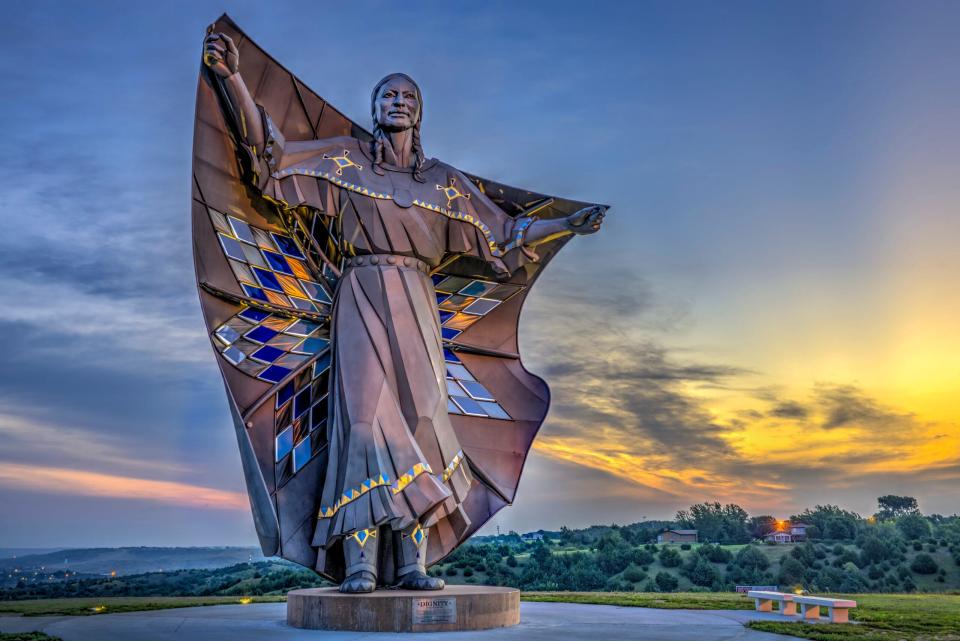
By encouraging artisans to sell their quillwork, beadwork, pottery and quilting, it not only allows for economic growth but encourages the revitalization of Native culture and those skills and values, Kills in Water said.
“These tours give guests a little insight into what we’ve come through with centuries of genocide, taking our land, killing our buffalo and trying to kill our spirituality – we’ve come through centuries of that and we’re still here,” Kills in Water said. “Tourism provides a catalyst of revitalization of our culture by showing guests who we are, what we do and the culture we’ve carried through the centuries.”
This article originally appeared on Sioux Falls Argus Leader: Native-led tourism alliance launches ‘economic catalyst’ tours on reservations

